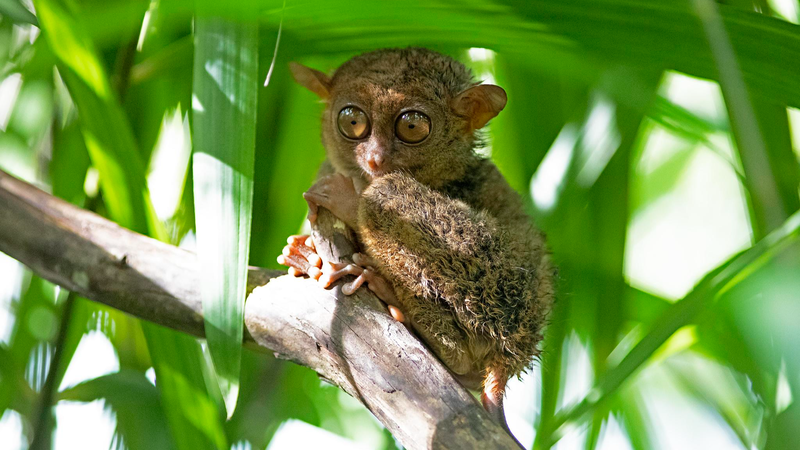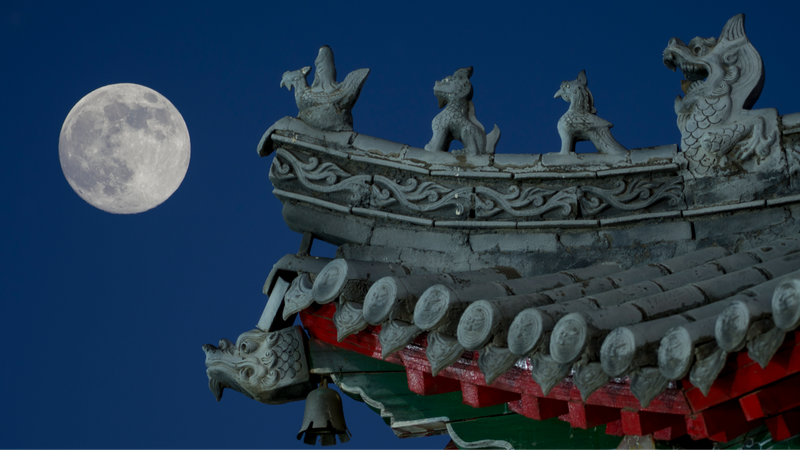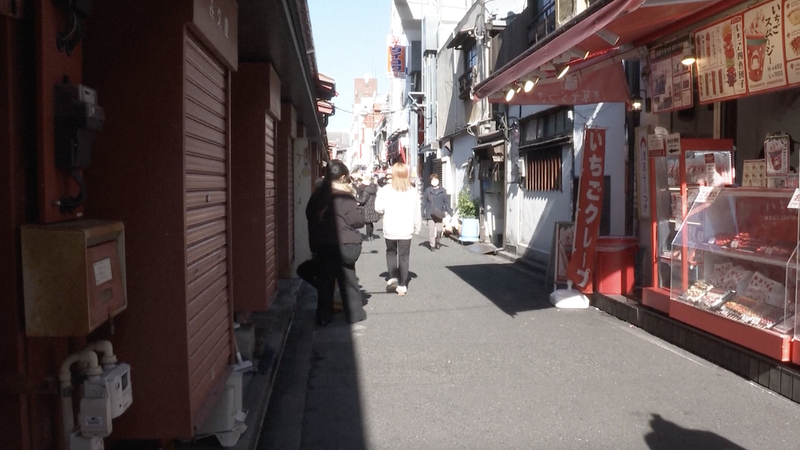As the 2025 APEC Economic Leaders' Meeting draws near, CGTN's 'APEC Stories' series shines a spotlight on the Philippines' rainforest jewel: the Philippine tarsier. This diminutive primate, one of the smallest in the world, packs a big punch when it comes to biodiversity and social media charm.
Weighing just 80 to 150 grams and no larger than a grapefruit, the tarsier is instantly recognizable by its oversized eyes, each nearly as big as its brain. These orbs grant exceptional night vision, allowing the tarsier to hunt insects under the rainforest canopy of Bohol and neighboring islands. Yet despite its adaptability, the International Union for Conservation of Nature has listed the species as Near Threatened.
In response, the Philippines has ramped up conservation efforts. The Philippine Tarsier Sanctuary in Bohol now serves as a model for sustainable wildlife tourism. Visitors can observe these nocturnal creatures in semi-natural habitats while local guides use data-driven monitoring to track population trends and health metrics.
For digital nomads and eco-travelers, the sanctuary offers an immersive experience: nighttime forest treks, educational workshops, and community-led conservation projects. Young global citizens and entrepreneurs are stepping in too, collaborating on tech-driven solutions like remote monitoring sensors that map tarsier habitats in real time.
As the APEC Leaders' Meeting convenes in Gyeongju, South Korea, these collaborative conservation stories remind us that protecting tiny primates can spark big ideas. From sustainable tourism to cutting-edge wildlife tech, the Philippine tarsier is more than a cute face, it's a catalyst for international cooperation.
Reference(s):
APEC Stories: Meet the Philippine tarsier, resident of the rainforest
cgtn.com




